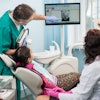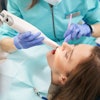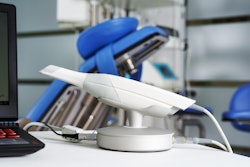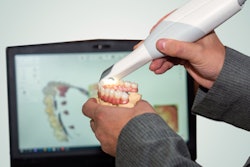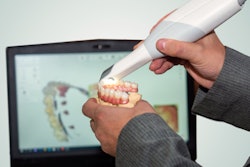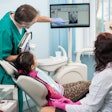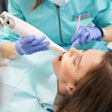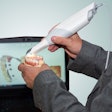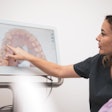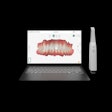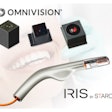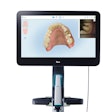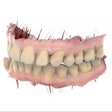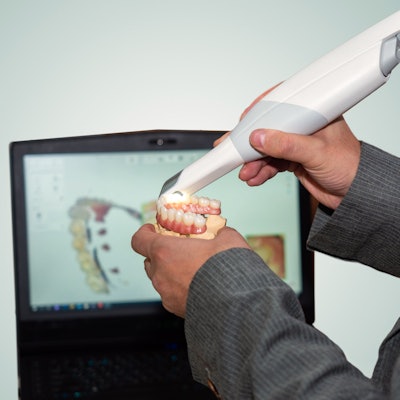
When it comes to the accuracy of digital scans for complete onlay restorations, preparation design and the type of intraoral scanner used to capture the images matter, according to a study recently published in the Journal of Prosthetic Dentistry.
A nonretentive preparation, which is characterized as a design with simplified geometry, U-shaped interproximal boxes, and smooth surface transitions, used for a mandibular first molar restoration showed lower deviation compared to more traditional, complex designs. Though all measured values were clinically acceptable, Dentsply Sirona's Primescan and 3Shape's Trios 3 were more accurate than Align Technology's iTero Element 2 scanner, the authors wrote.
"The accuracy of complete coverage only preparations is influenced by the intraoral scanner device in that a more accurate scanner can reduce the effect of the preparation geometry," wrote the authors, led by Dr. Guilherme Schmitt de Andrade, PhD, an assistant professor at the school of dentistry at Western Paraná State University in Brazil (J Prosthet Dent, June 15, 2022).
Good fit requires accuracy
Though the accuracy of intraoral scanners and their effects on intracoronal restorations have been reported, there is little evidence that addresses their precision and trueness in reproducing different complete coverage onlay restorations. Low-accuracy definitive casts lead to restorations that fit poorly, resulting in inconsistencies that may result in complications, including periodontal inflammation linked to plaque accumulation.
To investigate the effect that onlay preparation and intraoral scanning devices have on the accuracy of digital scans, researchers considered three designs: a traditional preparation with isthmus reduction, a preparation without isthmus reduction, and a simplified nonretentive preparation.
Researchers used Primescan, Trios 3, and iTero Element 2 scanners to get digital scans of mandibular arch models of the preparations, which contained second premolar and first and second molars. Accuracy was measured in terms of trueness, which is the deviation of the obtained object compared to the original geometry, and precision, which is considered the agreement between repeated test results, the researchers wrote.
To measure the accuracy, the scans were superimposed on the digital reference models. Then, statistical software analyzed the data, according to the study.
Among the design preparations, the simplified nonretentive preparation groups obtained higher trueness and precision, the authors wrote. In contrast, the more complex preparations had a greater deviation for trueness in some regions.
| Digital scan accuracy for three types of complete onlay restoration designs | |||
| Nonretentive design | With isthmus reduction design | Without isthmus reduction design | |
| Trueness | 3.8 µm | 7.5 µm | 6.6 µm |
| Precision | 2.7 µm | 5.5 µm | 4.7 µm |
Overall, the scanners used in the study were clinically acceptable. Primescan and Trios 3 had the best accuracy and were not significantly different in performance. However, the authors found less accurate performance for the iTero scanner.
For trueness, the median absolute deviation was 13.1 µm for the iTero scanner, significantly higher than the 6.3 µm for the Trios and 6.0 µm for Primescan. For precision, the median absolute deviation was 11.1 µm for the iTero scanner, compared to 4.5 µm for the Primescan and 3.9 µm for the Trios.
However, the study had limitations, including that the intraoral scanning was performed in a dark box with a handheld device. If the models had been placed in the head of a mannequin, the study may have been more clinically relevant, the authors wrote.
In the future, more studies should be conducted to determine what other factors affect the accuracy of definitive casts, including operator experience and skill and scanning strategy, and could further clarify the effect of the geometric complexity of complete coverage onlay preparation, they wrote.
"Different intraoral scanners and preparation designs influenced the accuracy of digital scans," Schmitt de Andrade and colleagues concluded.

